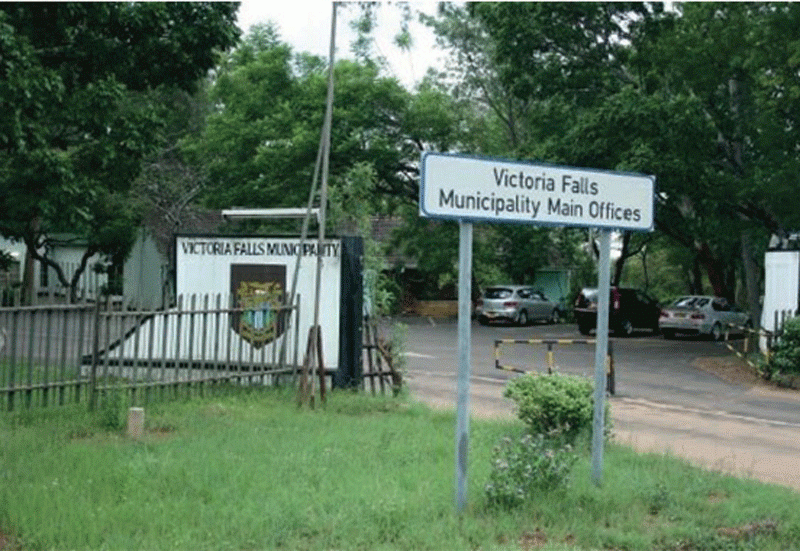
LABENMON Investments has filed an appeal at the High Court to challenge a Mutoko Magistrates Court ruling that barred the firm from conducting mining activities in Moyosvi, Chibanda, Gumbeze and Kadore villages.
The court ruled in July that mineral prospecting, quarrying and mining cannot be done without first obtaining a valid and approved Environmental Impact Assessment (EIA) certificate.
Mutoko senior magistrate Terrence Mashaire said in his ruling even if Labenmon Investments’ papers had been certified later, the miner could not commence activities without following the law.
According to submitted court papers in the initial case, Labenmon Investments did not show the licence authorising it to carry out mining operations in the villages, except one referring to the Bondamakara area. At the time, no proof of consultation and approval from the Mutoko Rural District Council was granted.
The magistrate said the villagers took action upon realising that their environment was being threatened.
Mashaire said they had a constitutional right to enjoy the use of their property and defend it against invasion.
Earlier investigations carried out by the Zimbabwe Independent, in collaboration with Information for Development Trust, a non-profit organisation supporting investigative reporting focusing on communities, exposed that Labenmon Investments did not have the requisite paperwork to carry out operations in Mutoko.
According to court documents, Labenmon pegged about 150 hectares, covering grazing pastures, cultivation land and traditional and cultural sites in those villages.
- Biti assault case : recusal application ruling date set
- Dembo’s music lives on
- Biti assault case : recusal application ruling date set
- Ex-DPC boss charged for ‘looting’ spree
Keep Reading
The Environmental Management Agency (EMA) issued an EIA certificate on September 27 for Labenmon Investments for the Mudzonga Mine project.
EMA said after assessment, it was satisfied with environmental, social and economic possible impacts that the proposed project may have on the Mutoko community.
However, some locals said they were not consulted about the EIA process. Without giving much details, Daniel Mlalazi, human resources and operations manager at Labenmon, said the company was operating within the confines of the law.
Reviewing the EIA document for Labenmon Investments’ Mudzonga Mine, EMA sent a letter to headman Mbudzi, Benhura Katsande, to ask if there were any issues before granting the certificate.
“As the area falls under your traditional jurisdiction, we would like to know if there are potential issues which you fear might arise as a result of their operation, which might affect the locals so that if they are not addressed in their EIA document, we direct them to the proponent (company) for redress,” EMA said in a letter dated September 14, 2023.
George Makanjera, a villager from Moyosvii village, said the villagers stand ready to defend their land for future and present generations.
“It seems like Labenmon Investments will continue operations despite our concerns. An appeal to the High Court means the company is determined to go ahead with mining operations,” Makanjera said.
Official documents show that Labenmon started local operations in 2006, focusing on gold and nickel mining, after being granted an investment licence giving it rights to claims in Mazowe and Guruve districts.
Labenmon shareholders include Yan Huo, Xu Yongxu, Huo, Wencai and Jin Xiaoling, according to its investment licence from the Zimbabwe Investment and Development Agency (Zida).
Under the Mines and Minerals Act, a prospecting company is supposed to consult the local authority, the rural district council in this case, and affected people.
Section 31 (h) of the Act states that no prospecting can take place “upon any communal land occupied as a village without written consent of the rural district council established for the area concerned”.
The current legislative framework for mining under the Act, which dates back to 1983, has become antiquated and out of touch with latest national and international mining law developments.






